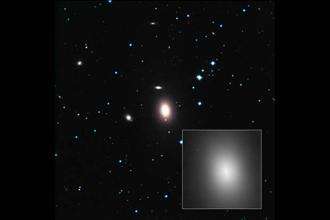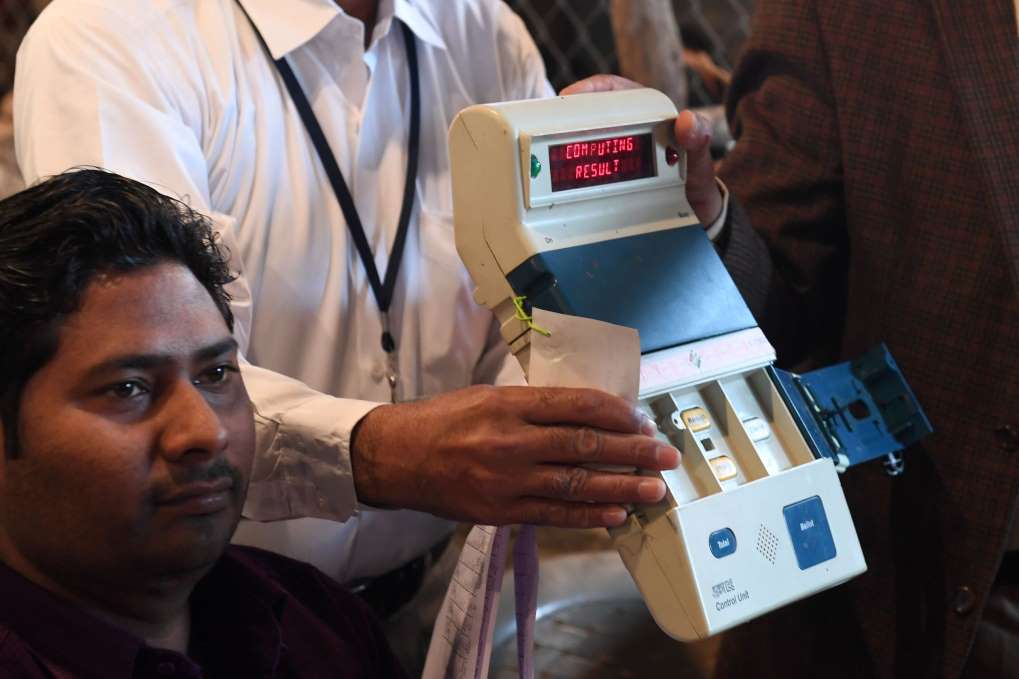April 7, 2016
Los Angeles: A near-record supermassive black hole discovered in a sparse area of the local universe indicates that these monster objects may be more common than once thought, scientists say.

A handout photo released by ESA/Hubble shows the elliptical galaxy NGC 1600, 200 million light-years away. Photo: AFP/ESA/Hubble /Nasa
April 7, 2016
Los Angeles: A near-record supermassive black hole discovered in a sparse area of the local universe indicates that these monster objects may be more common than once thought, scientists say.

A handout photo released by ESA/Hubble shows the elliptical galaxy NGC 1600, 200 million light-years away. Photo: AFP/ESA/Hubble /Nasa
Until now, the biggest supermassive black holes — those with masses around 10 billion times that of our Sun — have been found at the cores of very large galaxies in regions loaded with other large galaxies.
The current record holder, discovered in the Coma Cluster by researchers from University of California Berkeley (UCB) in 2011, tips the scale at 21 billion solar masses and is listed in the Guinness Book of World Records.
“The newly discovered black hole is in a galaxy, NGC 1600, in the opposite part of the sky from the Coma Cluster in a relative desert,” said Chung-Pei Ma from UCB.
While finding a gigantic black hole in a massive galaxy in a crowded area of the universe is to be expected, it seemed less likely they could be found in the universe’s small towns, researchers said.
“Rich groups of galaxies like the Coma Cluster are very, very rare, but there are quite a few galaxies the size of NGC 1600 that reside in average-size galaxy groups,” said Ma. “So the question now is, ‘is this the tip of an iceberg?’ Maybe there are a lot more monster black holes out there that do not live in a skyscraper in Manhattan, but in a tall building somewhere in the Midwestern plains,” said Ma.
While the black hole discovered in 2011 in the galaxy NGC 4889 in the Coma Cluster was estimated to have an upper limit of 21 billion solar masses, its range of possible masses was large – between 3 billion and 21 billion Suns.
The 17-billion-solar-mass estimate for the central black hole in NGC 1600 is much more precise, with a range of 15.5 to 18.5 billion solar masses.
“The brightest quasars, probably hosting the most massive black holes, do not necessarily have to live in the densest regions of the universe,” said Ma. “NGC 1600 is the first very massive black hole that lives outside a rich environment in the local universe, and could be the first example of a descendant of a very luminous quasar that also didn’t live in a privileged site,” she said.
NGC 1600 suggests that a key characteristic of a galaxy with binary black holes at its core is that the central, star-depleted region is the same size as the sphere of influence of the central black hole pair, she said.
The findings were published in the journal Nature.
















































































































